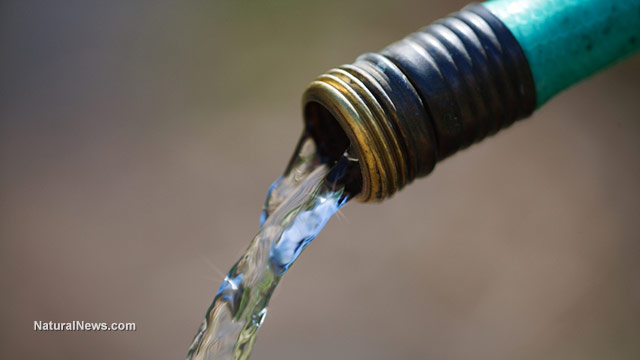| Online: | |
| Visits: | |
| Stories: |

| Story Views | |
| Now: | |
| Last Hour: | |
| Last 24 Hours: | |
| Total: | |
Water Costs Skyrocket 1,000% Where Half The Nation’s Fruits, Vegetables And Nuts Are Grown

(NaturalNews) It is not as if there aren’t any economic factors influencing the price of groceries these days. Transportation alone, thanks to skyrocketing fuel prices, has lifted the cost of everything we buy at the grocery store. Now, one of the worst droughts in U.S. history is making the one thing absolutely vital for food production — an ample water supply — more expensive as well, and that, ultimately, will translate into even higher prices at the market.
To set the stage, back in February the U.S. Bureau or Reclamation released its first outlook of the year, in which the agency found insufficient water stocks in California to release to farmers for irrigation. That was the first time in the 54-year history of the State Water Project that had happened.
“If it’s not there, it’s just not there,” said Water Authority Executive Director Steve Chedester, who noted that it would be tough finding water in the coming year or more. Farmers were to be hardest hit, the official added, stating, “They’re all on pins and needles trying to figure out how they’re going to get through this.”
‘Paying as much as 10 times more’
One way to deal with the drought is for farmers to plant fewer fields, which would mean that early on there would be fewer crops; in the law of supply and demand, when supply is reduced but demand remains high, prices rise.
The other option would be farmers being forced to pay premium prices for the remaining available water, which would also add to the final cost of crops — costs that would have to be passed on to consumers.
Fast-forward to late summer 2014: As the drought has only worsened over the summer, farmers in California’s Central Valley, which is by far the world’s most productive agricultural region, are paying as much as 10 times more for water than they did before the state’s record dry spell forced officials to cut water supplies earlier this year.
Learn more: http://www.naturalnews.com/046304_water_costs_extreme_drought_food_prices.html##ixzz39OgzMFAO



